Parrot OS is shaking up the cybersecurity space with its lightweight, security-focused Linux operating system, giving Kali Linux a run for its money.
This article will get into explaining what Parrot OS is, what it can do, and why it’s becoming a go-to choice for many cybersecurity pros. I’ll cut through the jargon and give you the straight facts on why Parrot OS is worth your attention.
Parrot OS: Introduction
Parrot OS is an open-source operating system primarily designed for penetration testing, digital forensics, and anonymous web browsing.
Built on the solid foundation of Debian, Parrot OS is engineered to be both stable and user-friendly. Its lightweight nature means that it can run smoothly even on older hardware with limited resources.
Lightweight Yet Powerful
One of the standout features of Parrot OS is its small image size and efficient use of system resources.
This makes it an excellent choice for those who have older computers or laptops lying around.
Unlike Kali Linux, which can be resource-heavy, Parrot OS offers a powerful performance while maintaining a lightweight footprint.
User-Friendly Environment
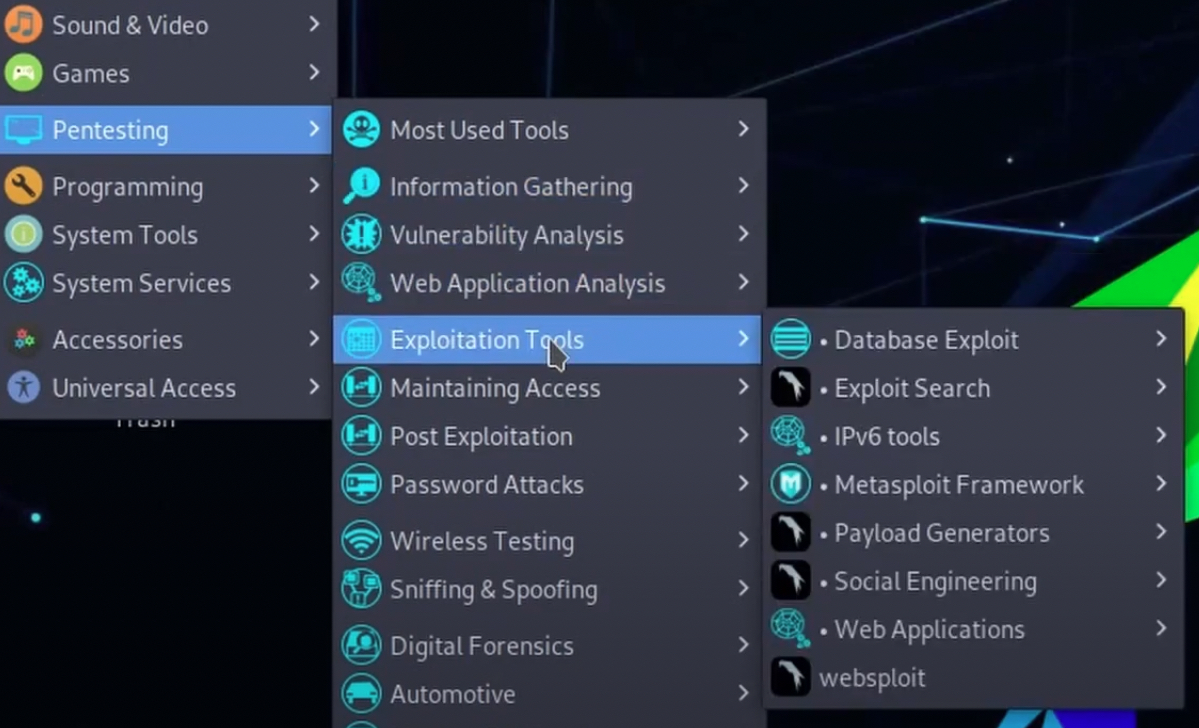
The operating system uses the MATE desktop environment, which is known for its ease of use and familiar layout.
This ensures that even users who are not particularly familiar with Linux can navigate and use the system without steep learning curves.
Parrot OS comes pre-installed with a range of applications, including basic browsing tools, file-sharing software, virtualization tools, and secure communication tools, making it suitable for everyday tasks beyond just security-related activities.
Comprehensive Security Toolkit
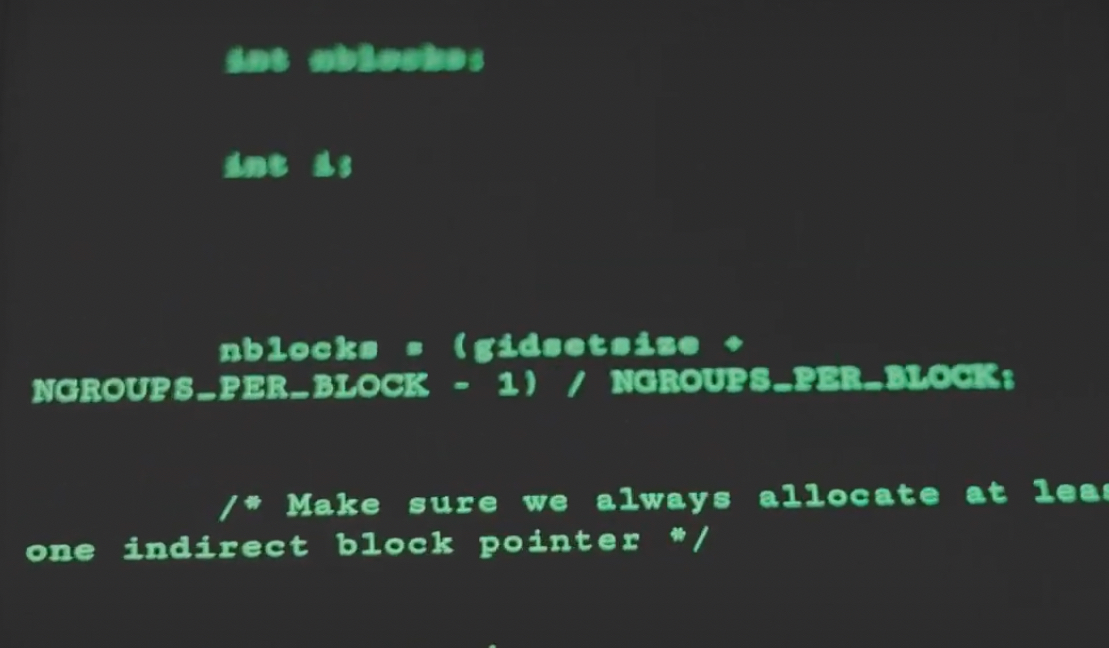
The core strength of Parrot OS lies in its extensive security toolkit. It comes pre-loaded with a variety of unique security tools that are not typically found in standard Kali Linux installations.
One notable tool is Anonsurf, which provides robust anonymous browsing capabilities.
Additionally, Parrot OS includes an impressive suite of cryptography tools, enabling users to analyze and enhance encryption algorithms, crack codes, and develop custom encryption methods.
Cryptography Explained
Parrot OS provides tools that support advanced encryption standards such as AES (Advanced Encryption Standard) and RSA (Rivest–Shamir–Adleman).
You can use these tools to test the security of their systems or applications, essentially transforming their machines into professional-grade cryptography labs.
Ethical Hacking and Security Research
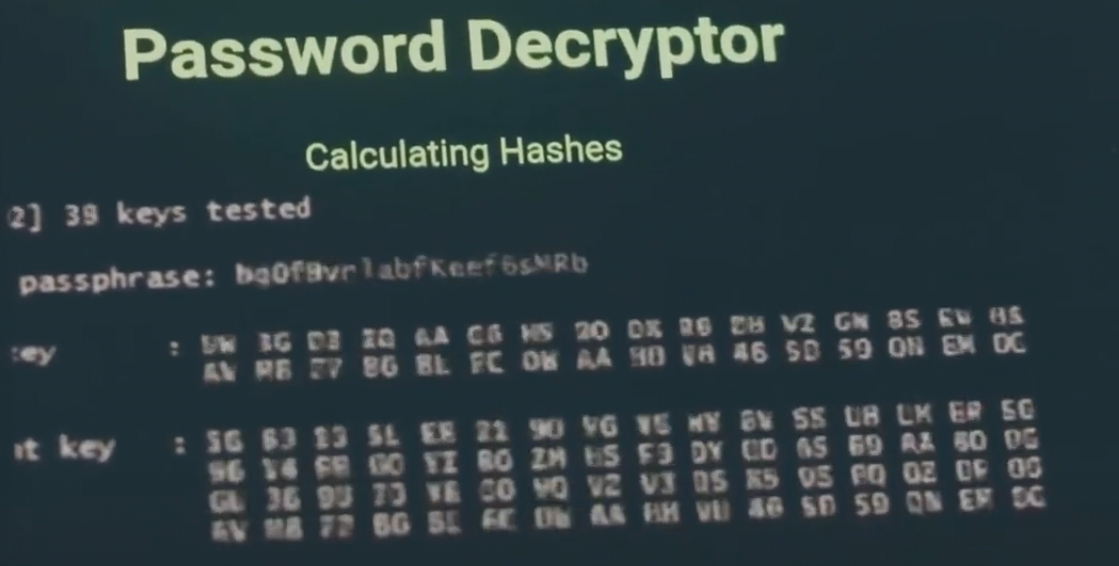
Parrot OS is equipped with a wide array of tools designed for ethical hacking and security research. These tools are categorized into different types of security activities, including:
- Wi-Fi Cracking: These tools are used to test the security of wireless networks.
- Penetration Testing: Simulating attacks to uncover vulnerabilities within systems. An example is the widely-used Metasploit framework, which aids in identifying and exploiting security flaws.
- Information Gathering: Tools such as theHarvester help users collect information and reconnaissance data about targets, similar to how a detective gathers clues.
- Vulnerability Analysis: Tools like OpenVAS are used to find specific weaknesses in systems or applications.
Performance and Multitasking
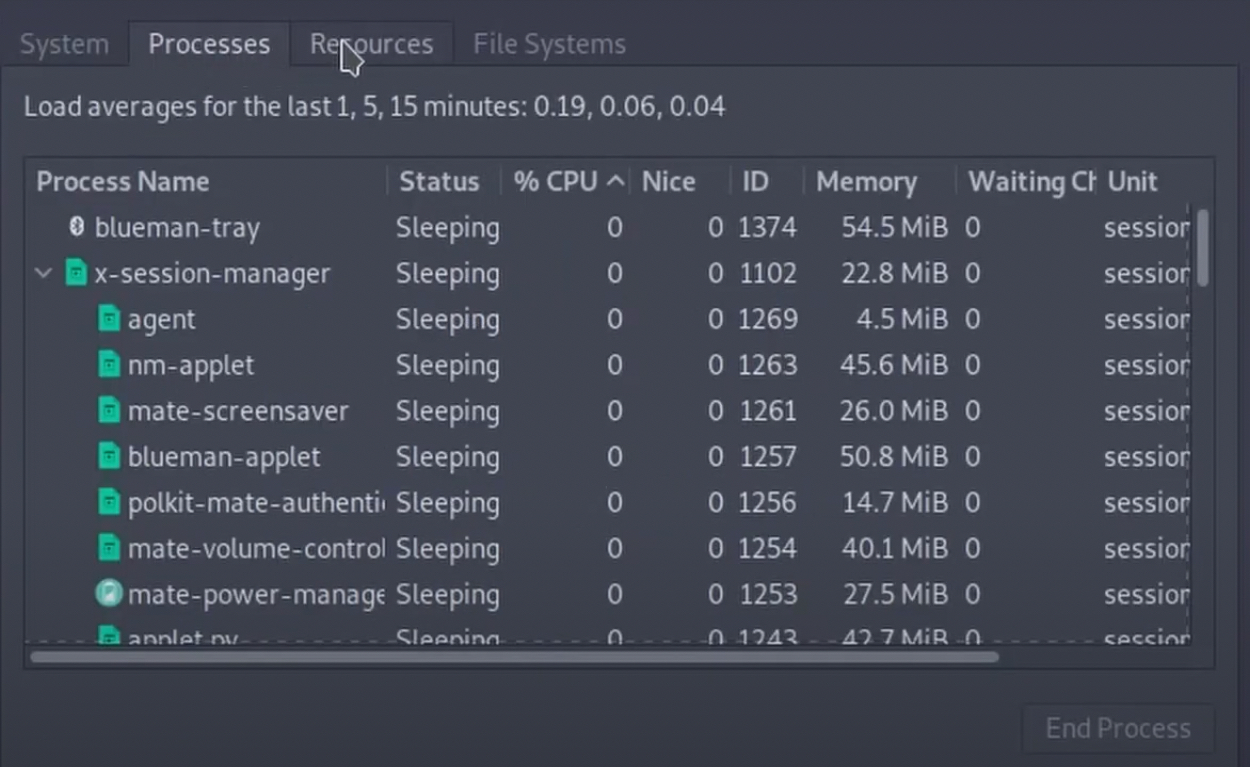
Despite the heavy lifting required for these complex tasks, Parrot OS remains highly responsive.
Its resource-efficient design ensures that even when multitasking or handling large files, the system performs smoothly without significant lag or slowdown.
Customization and Flexibility
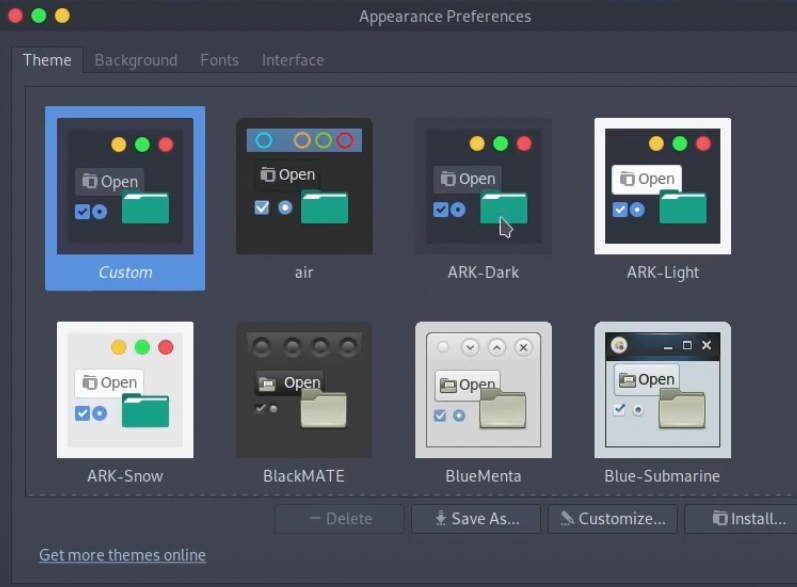
Parrot OS offers substantial customization options, allowing users to tailor the environment to their needs.
It supports multiple workspaces, enabling users to organize their workflows effectively with different virtual desktops.
Additionally, the visual aspects of the desktop can be customized, ensuring a personalized user experience.
Running Parrot OS in Virtual Machines
One of the practical advantages of Parrot OS is its compatibility with virtual machines. Because of its resource efficiency, it can run alongside other virtual machines without significant performance degradation.
This makes it ideal for users who wish to experiment with Parrot OS without making it their main operating system.
Kali Linux vs Parrot OS: Comparison
| Feature | Kali Linux | Parrot OS |
|---|---|---|
| Base | Debian | Debian |
| Primary Focus | Security and penetration testing | Security, privacy, and development |
| User Interface | User-friendly interface with extensive documentation | Intuitive, clean, and easy-to-figure-out interface |
| Toolset | Over 600 pre-installed tools for penetration testing | A curated selection of important and effective security tools |
| Customization | Highly customizable; can tweak desktop environments and install additional tools | Focuses more on providing a streamlined, efficient experience |
| Community Support | Large, active community with forums, tutorials, and meetups | Supportive community with ample documentation and instructions |
| Performance | Stable and reliable, can run on a wide range of hardware including Raspberry Pi | Lightweight and fast, optimized for quick boot times and responsive performance |
| Security Features | Built with security at its core, runs mostly in root mode | Includes tools for anonymity (Tor, I2P, VPN) and emphasizes privacy |
| Learning Curve | Steep; not the most user-friendly for general computing tasks | Easier to use, especially for beginners; accessible to those with limited resources |
| Hardware Compatibility | Runs on various hardware from laptops to desktops to Raspberry Pi | Designed to run smoothly even on older computers |
| Visual Appeal | Sleek and minimalist design focusing on functionality | Clean and simple interface without unnecessary bloatware |
| Best For | Advanced penetration testing, security assessments, digital forensics | Staying anonymous, ethical hacking, digital forensics, and software development |
| Cloud Security | Suitable for penetration testing and general security assessments | Great for testing cloud security, important for modern business environments |
| Cryptography Tools | A comprehensive suite of tools for penetration testing and security assessments | Includes tools for encrypting, decrypting, and breaking codes |
| Overall Versatility | High, but focused primarily on security tasks | Versatile, combining security focus with ease of use and privacy tools |
| General Usage | Not ideal for everyday tasks like web browsing or office work | More balanced, can be used for general computing while still focusing on security |
Conclusion
Parrot OS is proving to be a challenging presence in the cybersecurity community. Its blend of lightweight design, user-friendly interface, and powerful security tools makes it an attractive choice for security professionals.
As more individuals and organizations recognize its capabilities, Parrot OS may well become the preferred operating system for those dedicated to maintaining powerful digital security.



